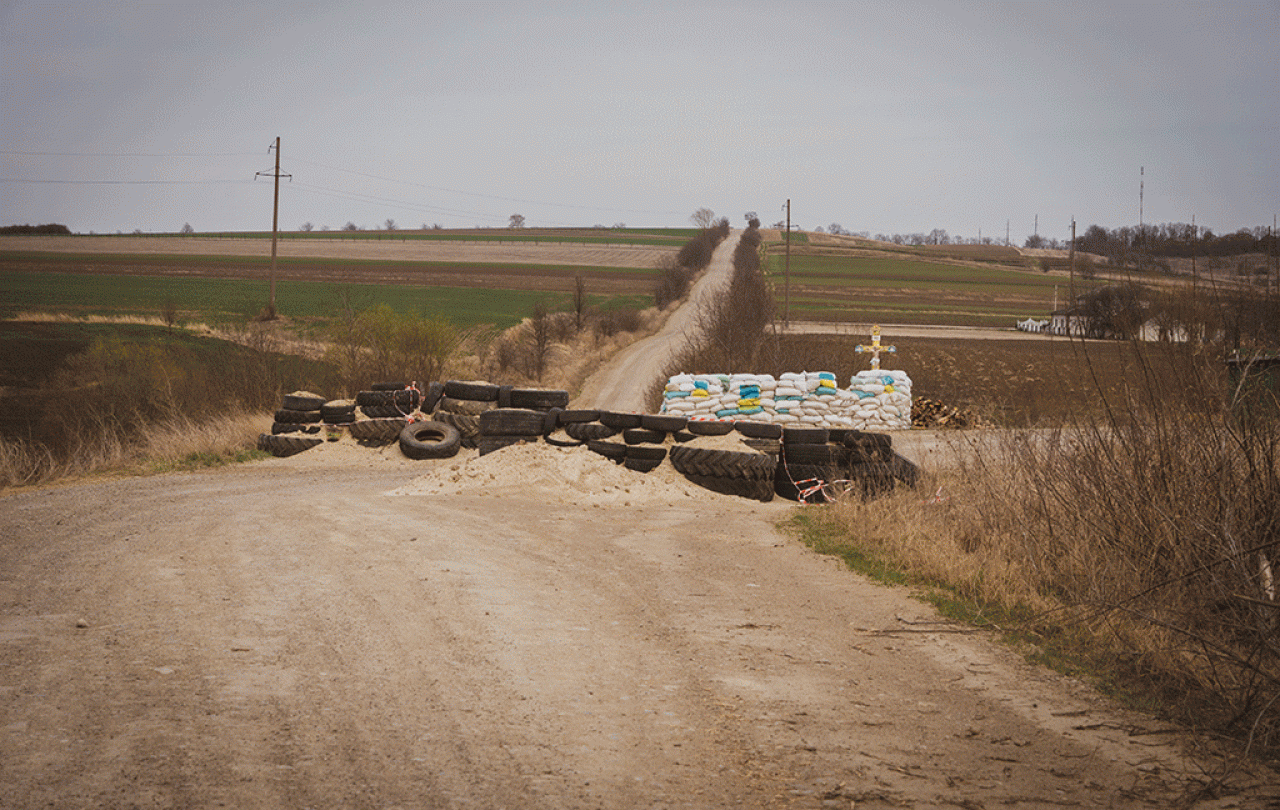
Listen now
Is John Lennon right, would all wars cease if religion were to vanish? And, finally, what is the theology of conflict? These are topical, real-time, questions – all of which are explored in this episode of GodPod, with the help of Dr Ziya Meral.
Ziya is a lecturer in International Studies and Deplomacy at SOAS (School of African and Oriental Studies), researcher and advisor specialising in global conflict and the role of religion.
For Ziya’s book: How Violence Shapes Religion: Belief and Conflict in the Middle East and Africa : Meral, Ziya: Amazon.co.uk: Books




